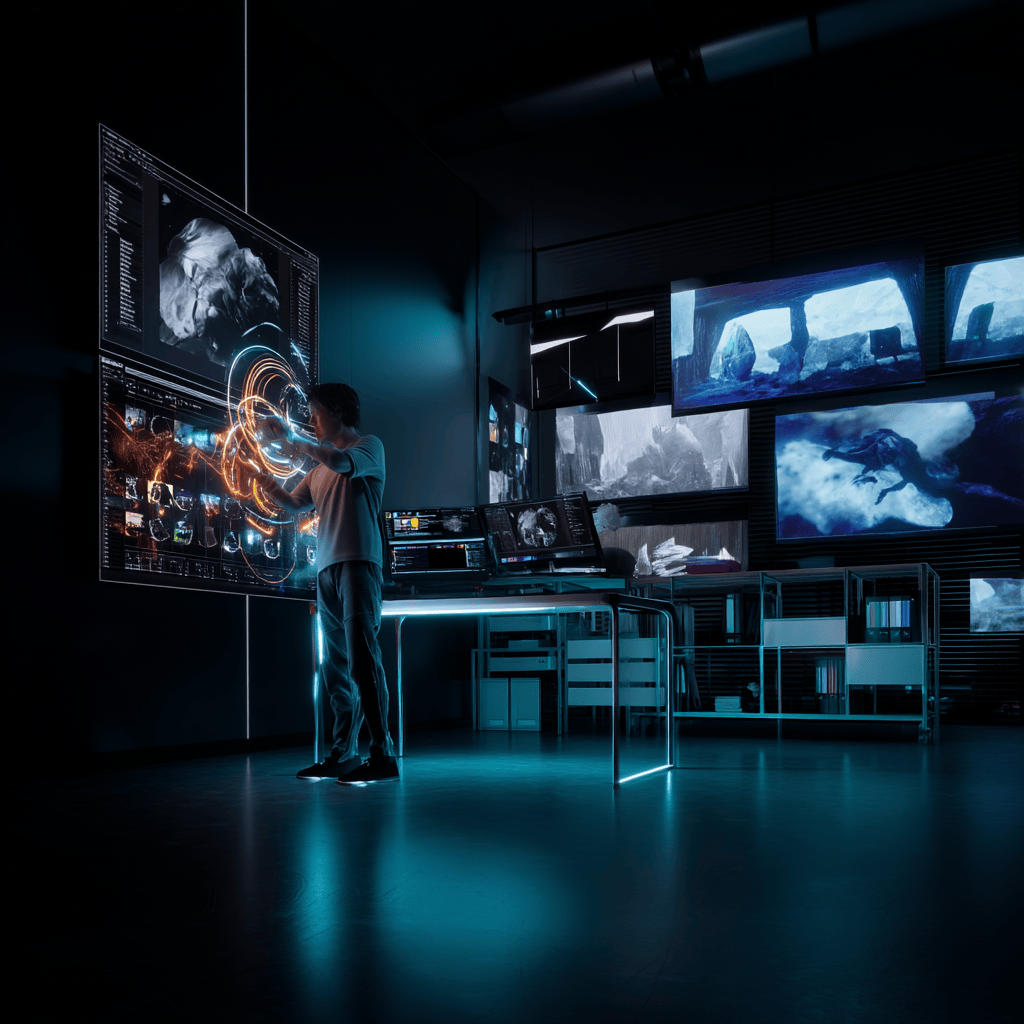Summary: At Google I/O 2025, Google introduced Flow—a groundbreaking AI-powered filmmaking platform that transforms text prompts into cinematic video scenes. Powered by Google’s top AI models (Veo 3, Imagen 4, and Gemini), Flow allows creators to build entire stories with rich visuals, ambient sound, and character consistency—no film crew or editing expertise required. Early users praise its Scenebuilder for maintaining continuity and its camera tools for customizable shots.
 Image Credit: microstock.in
I recently came across something pretty wild at Google I/O 2025 — Google Flow. As someone who’s always been fascinated by storytelling and how tech shapes creativity, I couldn’t help but dig into it. Flow isn’t just another flashy AI tool. It’s a filmmaking platform that turns written prompts into cinematic scenes. Think “a futuristic Tokyo alley at midnight” and Flow just… creates it.
It officially launched on May 20, 2025, and it’s already gaining serious attention. What makes it stand out is how it pulls together Google’s strongest AI models: Veo, Imagen, and Gemini. This trio gives creators control over video, imagery, and interaction—all with just plain language.
Image Credit: microstock.in
I recently came across something pretty wild at Google I/O 2025 — Google Flow. As someone who’s always been fascinated by storytelling and how tech shapes creativity, I couldn’t help but dig into it. Flow isn’t just another flashy AI tool. It’s a filmmaking platform that turns written prompts into cinematic scenes. Think “a futuristic Tokyo alley at midnight” and Flow just… creates it.
It officially launched on May 20, 2025, and it’s already gaining serious attention. What makes it stand out is how it pulls together Google’s strongest AI models: Veo, Imagen, and Gemini. This trio gives creators control over video, imagery, and interaction—all with just plain language.
What Flow Actually Does You don’t need a full film crew, camera setup, or even advanced editing skills. With Flow, you type out what you imagine, and it uses AI to generate video content—scenes, characters, motion, even sound.
Here’s a quick breakdown of the models working behind the scenes: Veo 3 – Google’s latest video model. It handles real-world visuals, ambient audio, and dialogue. Imagen 4 – A high-res image generator for detailed assets, props, and environments. Gemini – Google’s multi-modal brain that understands your prompts and translates them into structured scenes. Flow’s currently limited to Google AI Pro and Ultra users in the US. The Ultra plan (about $249.99/month) gives full access, especially to Veo’s audio magic. They’re rolling it out globally soon.
What’s It Like to Use? Using Flow feels a bit like directing a movie without the budget stress. There’s a Scenebuilder tool that lets you control continuity between shots. So if you set up a rainy alleyway in scene 1, Flow remembers it for scene 3. Characters, cars, lighting—everything stays aligned. There are camera options too. You can literally type “overhead drone shot of the coastline” and Flow gives you a beautifully rendered version of it. You can also upload your own assets or mix in Flow-generated ones. And if you’re not sure where to start, Flow TV acts like a mini YouTube but for AI-made short films—along with the prompts used to create them.
What Filmmakers Are Saying Several filmmakers already got early access. Dave Clark, the guy behind Battalion and NinjaPunk, created a new short film called Freelancers using Flow. He used Scenebuilder to craft a scene with a character driving along the Amalfi Coast. The shots—interior, POV, wide—were completely consistent. Another director, Henry Daubrez, is working on Electric Pink, and Junie Lau is developing Dear Stranger, a love story across parallel worlds—all using Flow. Their feedback? Flow doesn’t replace the creative process—it just speeds up the technical stuff so they can focus on storytelling.
How It Stacks Up Against Others There are other players in this space like Moonvalley, D-ID, Cheehoo, and even OpenAI’s Sora. But Flow feels more structured. It’s not just a generator; it’s a platform where you can build, tweak, and manage entire stories. That consistency across scenes really matters, especially for longer narratives. The Bigger Picture What excites me the most is how this opens doors for creators who’ve been locked out due to cost or resources. If you’ve got a laptop and a subscription, you can make something incredible from your bedroom. Google even hinted that Flow could lead to a rise in indie creators and fresh voices in cinema. That said, there are still questions. Will it replace human jobs in film production? Possibly in some areas. But as Dave Clark said, “AI is a collaborator, not a replacement.” I agree. Knowing how to work with tools like Flow could become as essential as knowing how to use a camera. If this is what 2025 looks like, I’m curious (and slightly terrified) of what 2026 will bring. But one thing’s for sure—storytelling will never be the same.
Enjoy what you are reading? Sign up for a better experience on Persumi.



